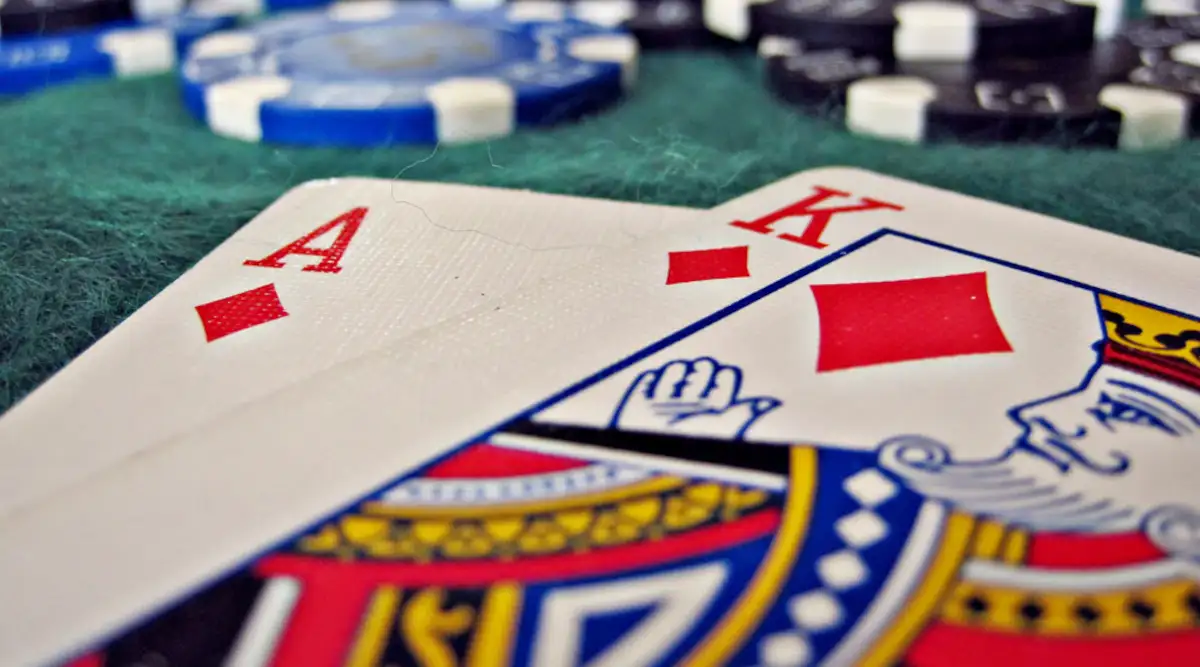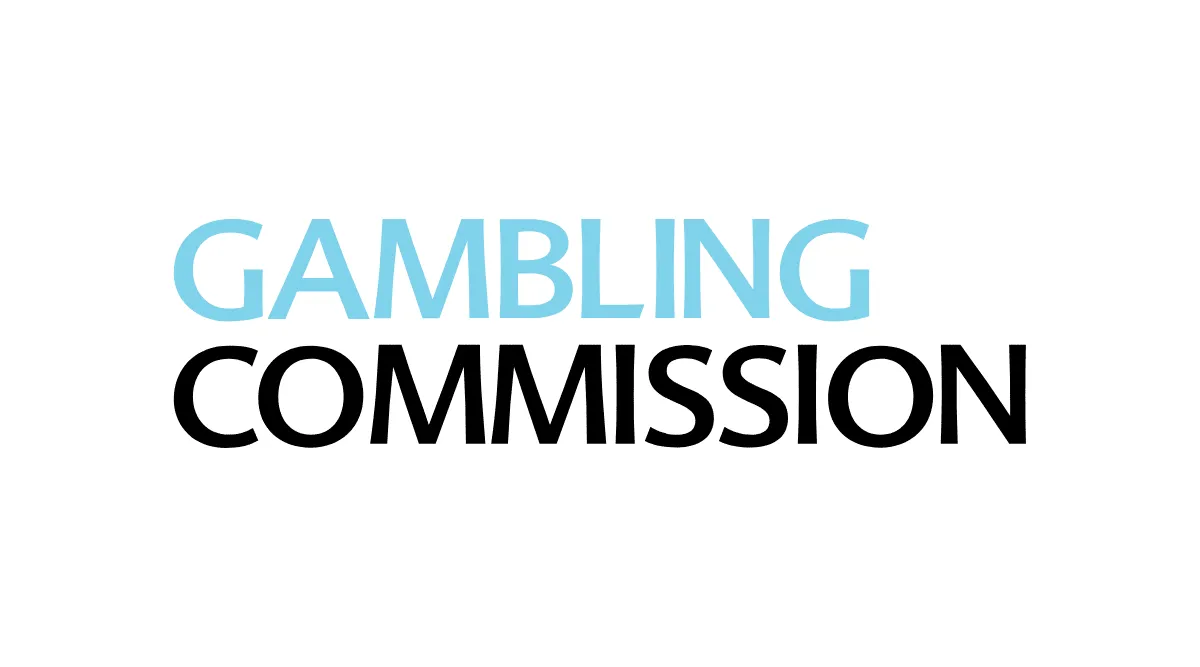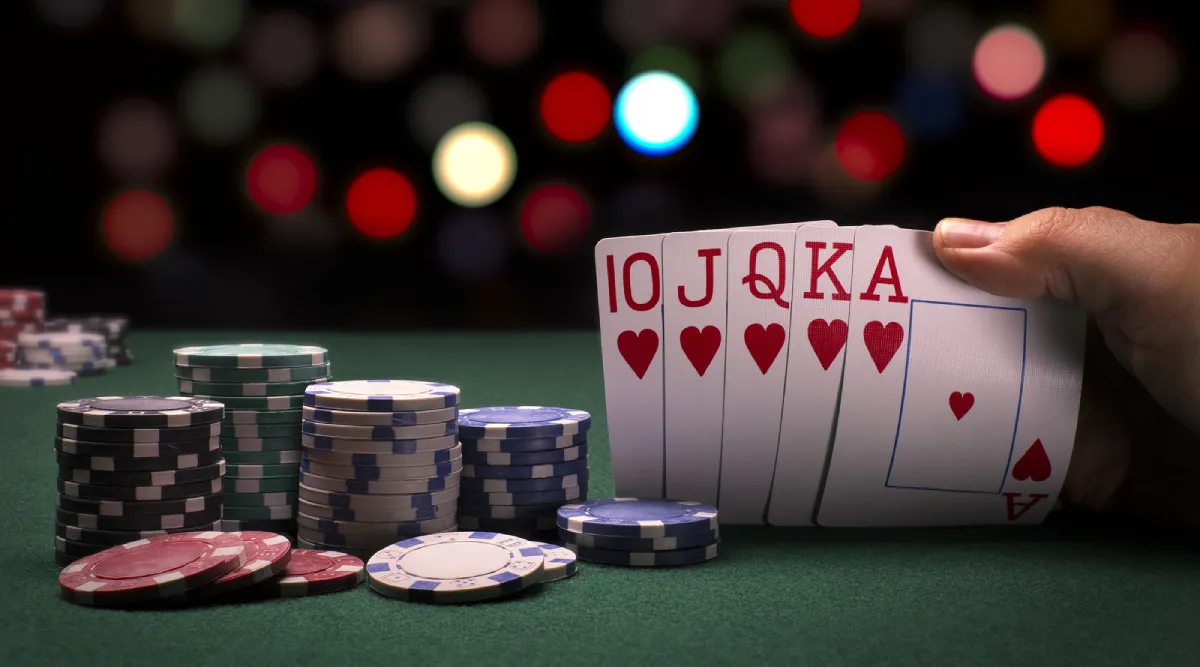
Optimize Your Blackjack Game with These Key Strategies
Welcome to our article on how to maximize your chances of winning when faced with blackjack hands 14, 15, or 16. These tricky hand values can leave even the most seasoned players perplexed, but with the right approach, you can turn the odds in your favor. So, buckle up and join us as we delve into the world of blackjack strategy to boost your casino experience. Don’t forget to check out some excellent blackjack books for further insights and strategies.
Decoding the No Bust Strategy and Basic Blackjack Tactics
Whether you’re playing American blackjack, European blackjack, or exploring what is blazing blackjack, understanding the basic strategy is crucial. The no bust strategy is an approach many players adopt to avoid busting when holding a high hand value such as 14, 15, or 16. However, this strategy can actually increase the house edge, resulting in more losses for the player. In contrast, following the basic blackjack strategy can reduce the house edge to 0.5%, giving you a much better chance of success.
Tackling Blackjack Hands: 14, 15, and 16
So, what should you do when you encounter blackjack hands 14, 15, or 16? Let’s take a closer look at each scenario and the optimal strategy to employ. It’s essential to understand the differences between American blackjack, European blackjack, and single deck blackjack to adapt your strategy accordingly. Having a blackjack hand chart at your disposal can also prove beneficial.
Blackjack Hand 14 – The Right Move
When holding a 14, the dealer’s upcard plays a crucial role in determining your next move. If the dealer has a two through six, always hit, as this increases your chances of reaching a total of 19-20. If the dealer’s upcard is greater than six, assume they have a total of 14-16 and hit for a better shot at victory.
Blackjack Hand 15 – How to Play
A common fear among players is busting when holding a hard 15. The best approach is to stand on a 15 against the dealer’s low cards of 2 through 6. If facing a dealer’s 10, hit to improve your situation. Consider surrendering against the dealer’s strong upcards of 10 or an ace. These tips can help you improve your odds of winning at blackjack and other popular casino games.
Blackjack Hand 16 – Your Options
A hard 16 is a blackjack hand without an ace or with an ace that counts as one. When playing this hand, you have three options: hit, stand, or surrender. The choice depends on the dealer’s upcard and the game rules, which vary between American and European blackjack. In a single-deck blackjack game, surrender against the dealer’s 10 or ace upcard. Stand against dealer upcards two through six and hit against seven, eight, or nine upcards. If you want to practice playing hard 16 hands and other blackjack strategies, you can try them out for free online with our recommended free online blackjack games.
Conclusion
In conclusion, blackjack is a challenging game that requires players to develop skills and strategies to reduce the house edge. When dealing with blackjack hands 14, 15, and 16, it’s essential to have a firm grasp of the basic strategy to optimize your chances of winning. Always consider the dealer’s upcard and adjust your play accordingly, whether that means hitting, standing, or surrendering. If you’re looking for more in-depth guidance on single deck blackjack, be sure to check out our comprehensive Single Deck Blackjack Guide.
Remember, no strategy guarantees a win, but adopting the right approach can help you minimize losses and maximize gains. So, apply the techniques discussed in this article and put your newfound knowledge to the test in a real blackjack game. And if you’re eager to stay updated on the latest Vegas Aces news and tips, be sure to follow our social media channels.



